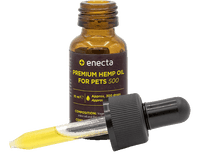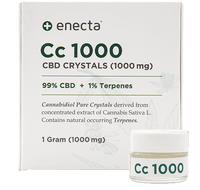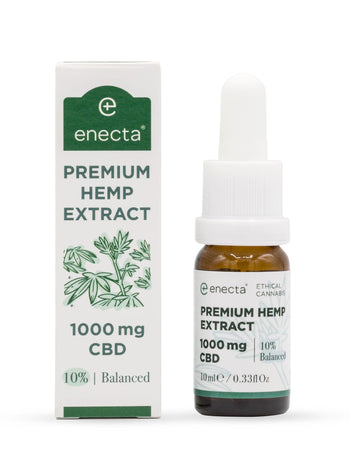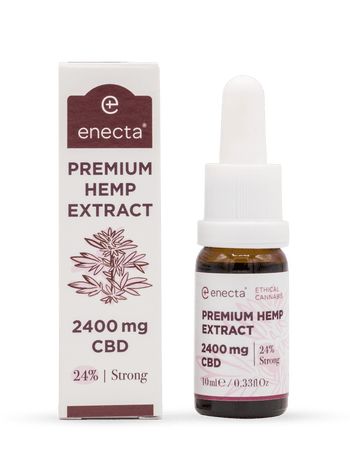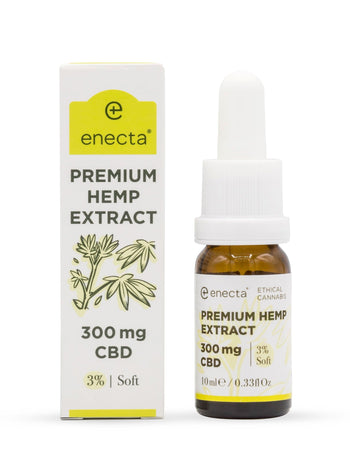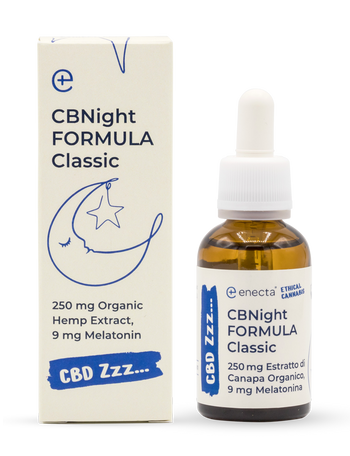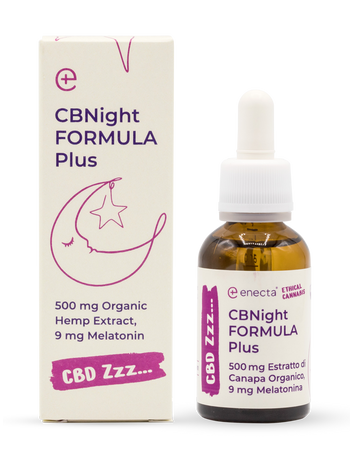
Only one source of cannabis for research
It would be fair to say that the world has seen a great deal of progress since 1968, but in one respect, nothing has changed. Only one source of cannabis is available to researchers, and that’s from plants grown by the University of Mississippi. Although many have found the DEA’s decision to maintain cannabis’ Schedule 1 status, one change in its stance may at last allow researchers to do their work more easily. The DEA has agreed to allow more universities to grow cannabis for research purposes.
That this decision is long overdue goes without saying, but although a wider pool of potential plant material sources has opened up, obtaining approval to conduct research is still extremely difficult. It’s much easier to conduct a study on opioids than it is to get approval for cannabis research. That’s because opioids are Schedule 2, and that’s also why so many researchers are disappointed that cannabis wasn’t downgraded to a more accessible level.
“We the people”
The New York Times reminds us that many states have already voted in favor of medical cannabis, and even recreational cannabis, while others are poised to go to the polls to vote on the issue. It seems as if local regulations regarding cannabis are getting way ahead of the DEA, and the movement is growing. The Obama administration has allowed states to formulate their own policies, even when these are diametrically opposed to the federal standpoint. According to the columnist, the next president of the US could set this confusing state of affairs to rights.

Hillary Clinton is receiving much support from cannabis activists as a result of her confirmation of support for bringing cannabis down to a Schedule 2 level. She has also said that states can go ahead with full cannabis legalization if they’re comfortable with the concept. Donald Trump, on the other hand, doesn’t support full legalization, but says that medical cannabis should be allowed.
The New York Times concludes that rescheduling cannabis and being less harsh in its treatment of people caught in possession of marijuana would be ideal.



















